Pot sizes
Karen Pease
13 years ago
Related Stories
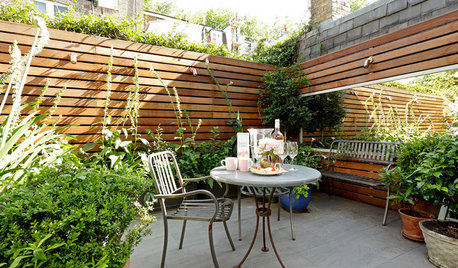
CONTAINER GARDENSPocket Gardens, Pint-Size Patios and Urban Backyards
A compact outdoor space can be a beautiful garden room with the right mix of plantings, furniture and creativity
Full Story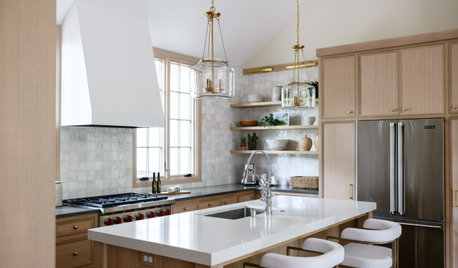
KITCHEN DESIGNHow to Choose a Kitchen Sink Size
Bigger isn’t necessarily better. Here’s how to pick the right size sink for your kitchen, needs and budget
Full Story
GARDENING FOR BUTTERFLIESBring on the Birds: Natural Habitat Ideas for Gardens of All Sizes
Provide nesting, watering and perching spots inspired by the Costa Rican jungle and watch the birds flock on over
Full Story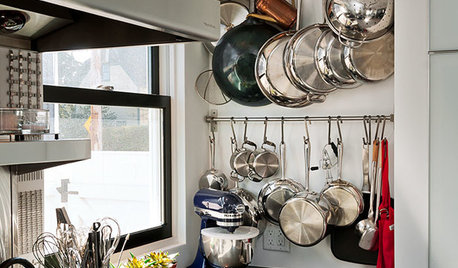
KITCHEN DESIGNHang 'Em or Hide 'Em: 10 Stylish Ways to Store Pots and Pans
Keep cookware neat and at the ready with racks, drawers and creative storage solutions
Full Story
SPRING GARDENINGHow to Grow a Rose Garden in Pots
Everything can come up roses, even without a plot of soil in sight. This step-by-step guide to growing roses in containers shows you how
Full Story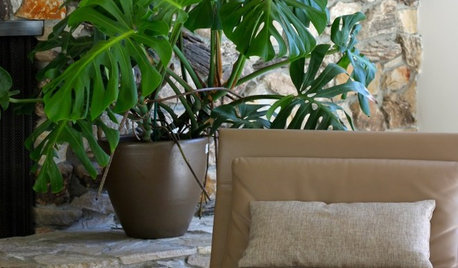
DECORATING GUIDESConjure a Jungle in a Pot
Sprawling, climbing and with primitive-looking leaves, philodendrons bring untamed beauty to even the most civilized homes
Full Story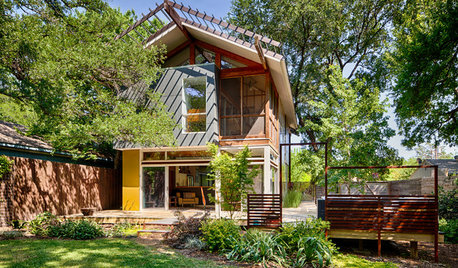
HOUZZ TOURSHouzz Tour: A Modern Garden Pavilion Sprouts Up on an Ex–Pot Farm
This compact Dallas house now connects to its leafy surroundings in a gorgeously irreproachable way
Full Story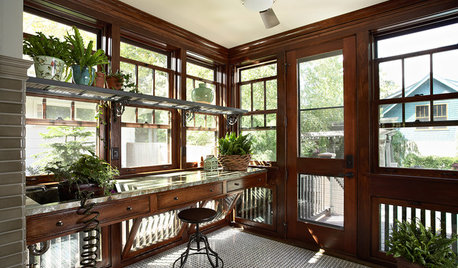
WINTER GARDENINGWinter Gardening: Ideas for a Dream Potting Room
Check out potting rooms that get indoor gardening right — and learn tips for creating your own
Full Story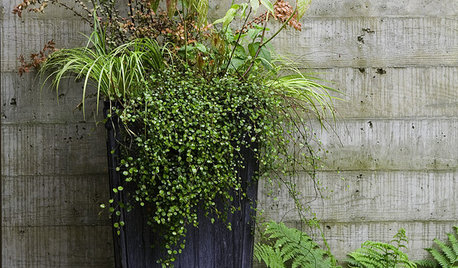
GARDENING GUIDESThe Secret Formula for Grouping Plants in a Pot
Designing a gorgeous container garden is easy once you know this simple rule of thumb for composition
Full Story
CONTAINER GARDENSSolve Your Garden Border Dilemmas With Planted Pots
Set your containers free from the patio — placed among plantings in the ground, they fill unsightly gaps, let you experiment and more
Full Story






hardclay7a
Karen PeaseOriginal Author
Related Professionals
Fort Lee Landscape Architects & Landscape Designers · Stoughton Landscape Contractors · Matthews Landscape Contractors · Waterbury Landscape Contractors · Arden-Arcade Landscape Contractors · Bell Gardens Landscape Contractors · Canby Landscape Contractors · Del Aire Landscape Contractors · Middletown Landscape Contractors · Vermilion Landscape Contractors · Watertown Landscape Contractors · West Allis Landscape Contractors · Irvington Landscape Contractors · Reisterstown Landscape Contractors · Merrifield Landscape Contractorshomehydro
grizzman
Karen PeaseOriginal Author
grizzman
Karen PeaseOriginal Author
hardclay7a
oakleaf33
grizzman
Karen PeaseOriginal Author
willardb3
joe.jr317